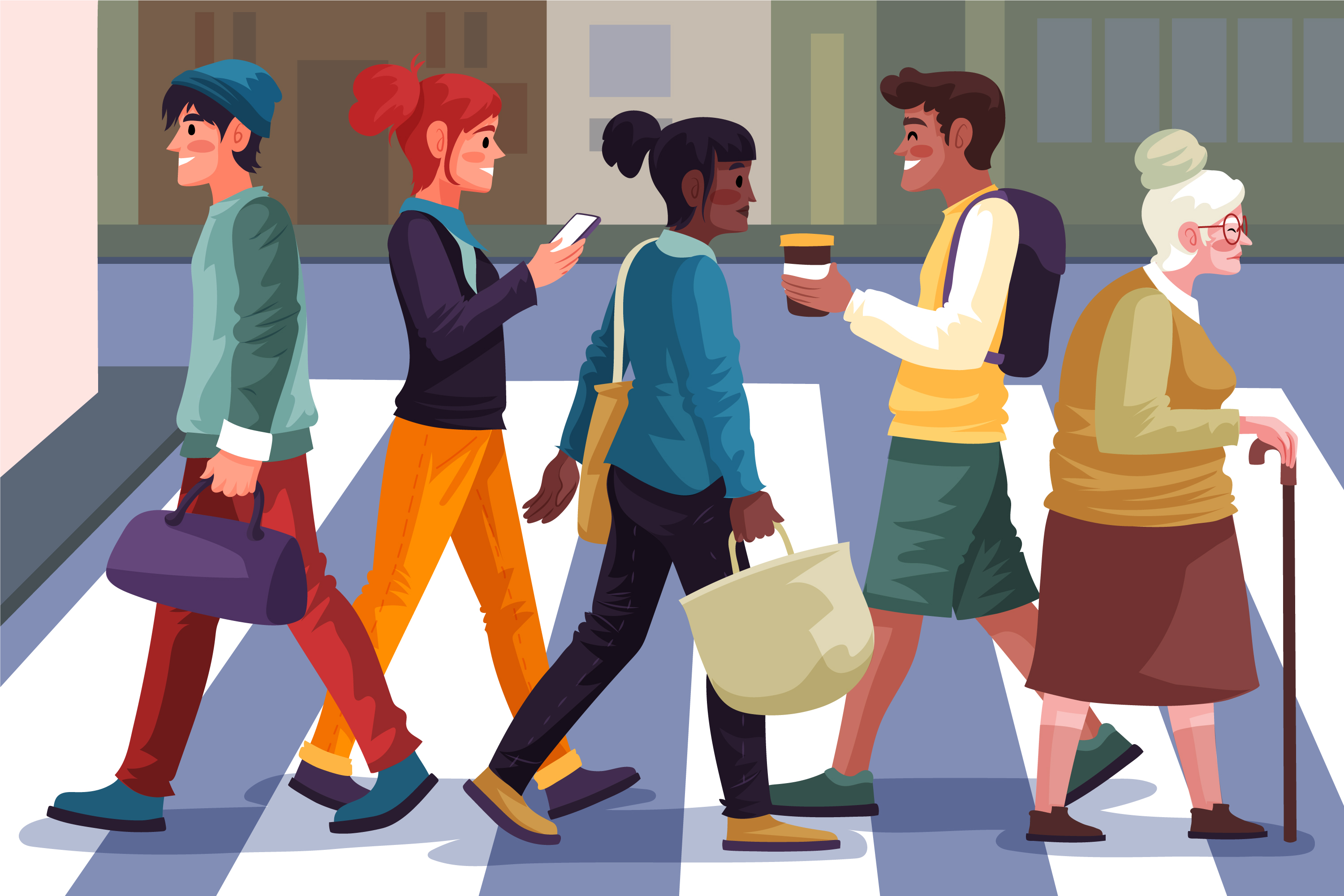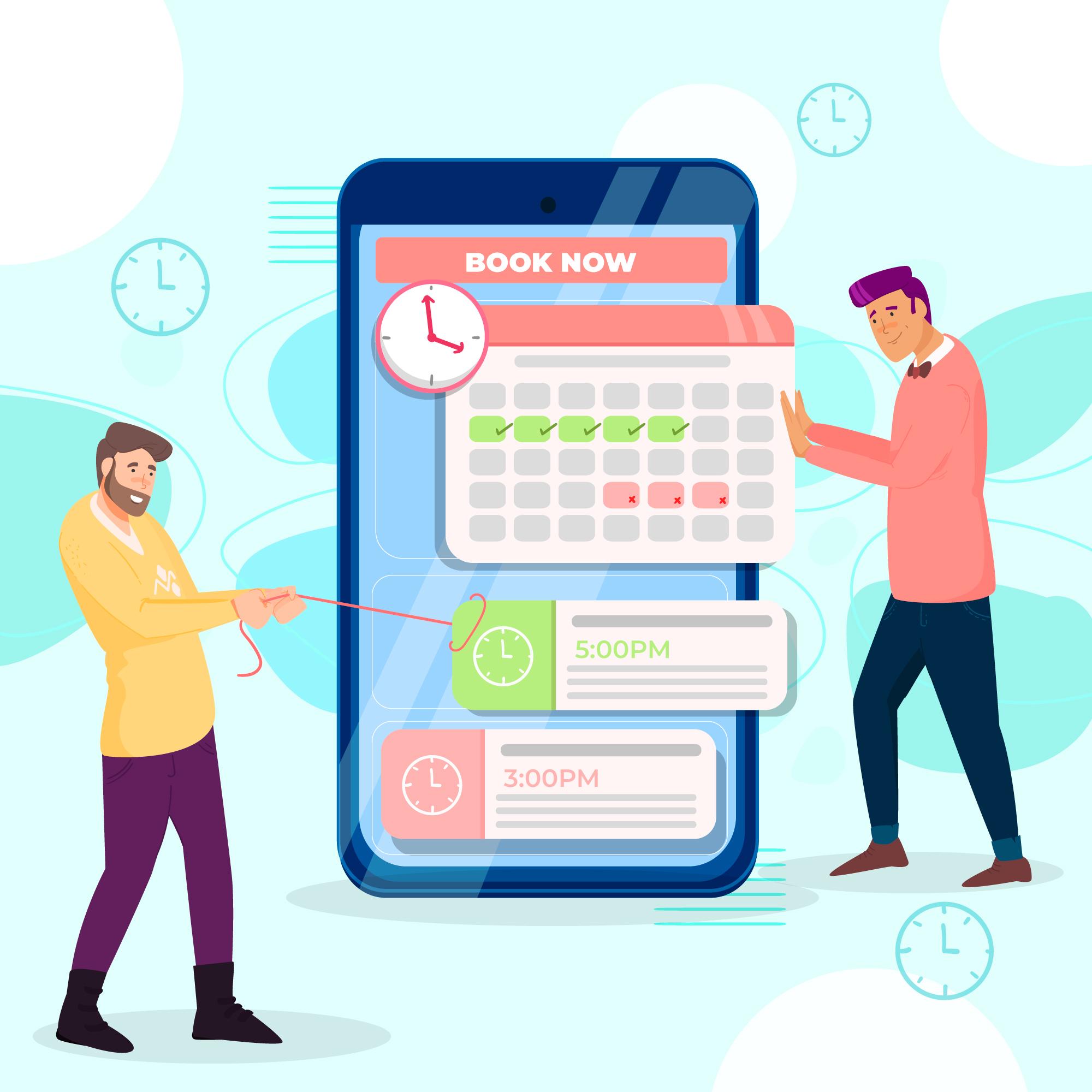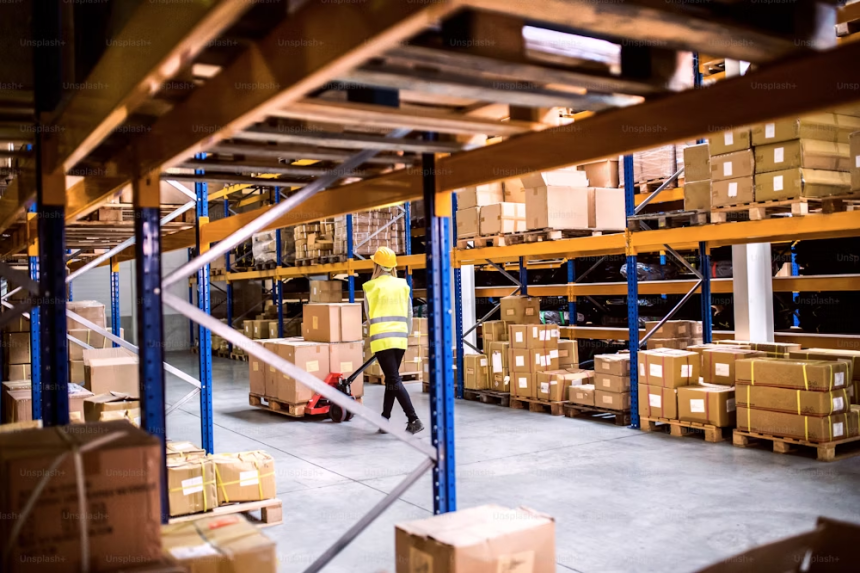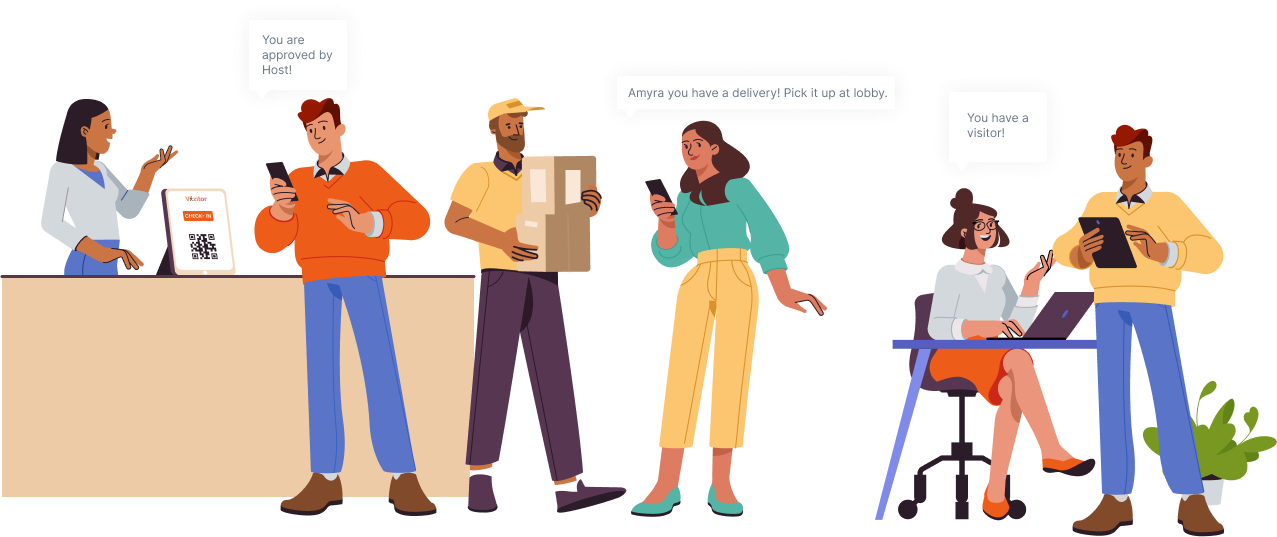Table of Content
Try Vizitor for Free!

Thu, Jan 9, 2025
Read in 9 minutes
Suppose you are standing in a crowded government office, waiting endlessly for your turn. Frustration builds as you wonder why the system isn’t more efficient.
“What frustrates citizens the most in public spaces?” It’s the long queues, the endless waiting, and the lack of clear direction.
The chaos and inefficiency not only waste time but also create negative experiences for citizens.
Now think of an organized system where you’re guided seamlessly to your service point, saving time and reducing stress.
This transformation is possible through effective citizen flow strategies designed to enhance public spaces.
In today’s digital world, where public spaces are busier than ever, effective management of citizen flows is no longer optional; it’s essential.
Whether it’s a government office, a hospital, or an airport, improving the movement of people is critical to ensure productivity and satisfaction.
But how can this be achieved?
What’s the solution?
Enhancing citizen flows is not just about managing crowds; it’s about creating systems that respect people’s time, simplify processes, and ensure inclusivity.
Whether it’s through digital tools like Queue Management Systems, better layouts, or data-driven solutions, transforming public spaces is possible—and necessary.
Let’s explore 8 actionable strategies to revolutionize public spaces and enhance citizen experiences.
Why Enhancing Citizen Flows Matters
“Have you ever wondered why some public spaces feel chaotic while others run like clockwork?” The difference lies in how citizen flows are managed.
Did you know? Long waiting times in public spaces reduce satisfaction rates by up to 65%.
Poorly managed flows lead to inefficiencies, higher operational costs, and negative citizen experiences.
In contrast, streamlined systems improve public satisfaction, save resources, and boost the reputation of service providers.
Whether it’s government offices, hospitals, or public transport hubs, the goal is the same: create seamless experiences that respect citizens’ time and needs.
Here’s why it matters:
-
Time is Precious: Long queues and disorganized spaces waste time and create frustration. Studies show that 65% of citizens avoid returning to services with poor queue management.
-
Efficiency Drives Trust: Public trust in institutions increases when services are seamless, quick, and transparent.
-
Cost Reduction: Efficient citizen flows reduce operational costs by cutting staff workloads and optimizing resources.
-
Inclusivity for All: Well-managed spaces accommodate diverse needs, ensuring everyone—from the elderly to those with disabilities—receives equal access to services.
Consider Singapore’s Changi Airport, a global leader in customer satisfaction. By combining clear signage, mobile notifications, and automated services, it has minimized bottlenecks and enhanced the passenger experience.
When citizen flows are smooth, everyone benefits—citizens save time, service providers improve efficiency, and the overall experience is elevated.
This isn’t just an operational necessity; it’s a commitment to better public service.

8 Key Strategies for Enhancing Citizen Flows in Public Spaces
In today’s busy world, managing queues effectively is essential to ensure smooth operations and a positive experience for citizens.
Here are 8 strategies that make use of smart queue management systems to optimize citizen flows and improve service delivery.
1. Virtual Queues with Mobile Integration
What if citizens don’t have to physically wait in line?
Virtual queues allow citizens to join a queue remotely through their smartphones or digital platforms.
Once in the system, citizens can go about their day and wait for a notification telling them when it’s their turn.
This not only reduces congestion in physical spaces but also ensures a more flexible and convenient experience for citizens.
Features:
- Allows citizens to join queues remotely via mobile apps or websites.
- Sends notifications when it’s time to proceed to the service point.
- Provides updates on queue progress in real-time.
Virtual queues eliminate the need for physical presence in crowded areas, reducing anxiety and allowing citizens to utilize their time better.
2. Implement Smart Kiosks for Self-Check-in
How can self-service reduce queue lengths?
Self-service kiosks are a key feature of smart queue management systems.
These kiosks enable citizens to check in, make payments, or even complete simple transactions without waiting for a counter.
This reduces the number of people standing in line, speeding up service delivery.
Features:
- Citizens can perform tasks like check-in, payments, or ticket printing independently.
- Integration with real-time queue systems updates the status automatically.
- Touchscreen interfaces make kiosks easy to use for all ages.
Self-service kiosks handle simple tasks independently, streamlining the process and reducing the overall queue time, allowing service staff to focus on more complex tasks.
3. Real-Time Queue Monitoring
Can real-time data help manage crowds better?
Smart queue management systems can use real- time tracking to monitor crowd density and identify high-traffic areas.
Features:
- Real-time data insights show where crowd density is highest.
- Helps direct citizens to less crowded areas.
- Provides data to optimize staff allocation and queue management.
4. Integrated Digital Ticketing Systems
How can digital ticketing systems speed up queue management from the start?
Integrating digital ticketing Kiosks with queue management allows citizens to obtain tickets online or via kiosks, which are linked directly to the service system.
Citizens can then proceed to their service point at the right time without having to re-register or wait unnecessarily.
Features:
- Digital tickets can be obtained via app, website, or kiosk.
- Tickets automatically assign citizens to specific service counters.
- Integration with smart queue systems for real-time updates.
Digital tickets streamline the process, ensuring that citizens are served in the correct order, and reducing delays caused by manual check-ins or registrations.
5. Automated Resource Allocation and Smart Staffing
How can staffing be optimized to manage queues better?
An automated queue management system can adjust staffing levels based on the real-time queue data.
The system can recommend increasing or decreasing staff at certain service points based on the current demand, ensuring that the resources are always aligned with the crowd flow.
Features:
- Real-time analysis of queue lengths and service demands.
- Adjustments to staffing levels in real-time based on queue data.
- Automatic alerts to notify staff when more help is needed at certain counters.
6. Real-Time Updates on Wait Times
“Do you know how long you’ll have to wait?”
Providing real-time updates on wait times can help manage expectations and reduce frustration.
Digital Queue Management System provides:
- Digital screens and apps show wait times for different services.
- Citizens can decide if they want to wait or return later.
Government offices in several countries use real-time updates to keep citizens informed and reduce frustration.
Transparency keeps citizens informed, improving their overall experience.
7. Use of Digital Signage
How can digital signs improve queue flow?
Traditional static signs can only provide basic information. However, digital signage offers the flexibility to update content in real-time.
This can include updates on queue lengths, wait times, or even alerts for changes in the process. Digital signage can help citizens adapt to the situation and make decisions based on real-time data.
Key Features:
- Display of real-time queue information and wait times.
- Alerts for sudden changes in queue status (e.g., counter availability).
- Dynamic instructions or messages based on current conditions.
8. Wayfinding Systems for Large or Complex Spaces
How does wayfinding contribute to large venue queue management?
In large venues like hospitals, airports, or malls, wayfinding systems are crucial for managing queues effectively.
These systems help citizens understand the layout of the space, guide them to the right service points, and reduce the time spent searching for the right location.
Key Features:
- Interactive kiosks or maps that show a detailed layout of the space.
- Step-by-step instructions to get from one point to another.
- Touchscreen devices that allow citizens to search for specific services.
By adopting these strategies, public spaces can transform citizen experiences, making them smoother, faster, and more satisfying.
From virtual queue management systems to inclusive layouts, every step matters in creating a seamless flow for citizens.
Integrating Contactless Solutions for Smooth Movement
How do contactless solutions improve public space management?
Contactless technology is becoming more common, especially in the post-pandemic world.
By incorporating contactless entry and payment systems provided by Smart Queue Management Solutions like Vizitor,public spaces can reduce friction and improve movement efficiency. This includes touchless access points, digital ticketing, and mobile payments.
Key Benefits:
- Faster and safer entry and exit
- Reduced physical touchpoints, improving hygiene
- Seamless payments and services via mobile apps
Mobile Apps: Your Personal Guide for Public Spaces
What if you had a personal assistant guiding you through a busy public space? With the rise of mobile apps, it’s possible to have all the information you need at your fingertips.
- Mobile check-ins: Citizens can check-in for services through their phones, skipping long lines.
- Instant Updates: Push notifications about wait times, available counters, or service availability allow people to adjust their plans.
These apps create a seamless experience by keeping citizens informed and reducing unnecessary movement in a crowded space.
Vizitor Queue Management System: Optimizing Citizen Flows in Public Spaces
Managing citizen flows in public spaces, government offices, healthcare centers, and corporate buildings is essential for improving operational efficiency and ensuring a positive experience for all visitors.
A Queue Management System (QMS) like Vizitor is key to optimizing these citizen flows, reducing congestion, and minimizing wait times.
How Vizitor Queue Management Enhances Citizen Flows
In busy environments, citizens can often face long wait times, leading to frustration, inefficiency, and a negative perception of the organization.
Key Features of Vizitor Queue Management System
- Intelligent Queue Allocation: Redirects visitors to the right counters based on real-time data, reducing wait times and congestion.
- Virtual Queuing: Citizens can join queues remotely through mobile apps, receiving real-time updates about their status.
- Digital Check-In: Visitors can check in digitally via kiosks or apps, eliminating long registration processes.
- Real-Time Monitoring: Staff can monitor visitor flows and adjust resources dynamically, ensuring smooth operations.
- Predictive Analytics: The system uses data to predict peak times and optimize staffing, improving visitor experience.
By adopting Vizitor, you’re not just improving how citizens experience your services; you’re also building a more organized, responsive, and future-ready system for the long term.
Make your public space more efficient, modern, and citizen-friendly with Vizitor Queue Management System today!
Conclusion: Making Public Spaces Efficient for All
Citizen flow is about much more than just moving people from point A to point B—it’s about making experiences smoother, more efficient, and more pleasant for everyone involved.
By leveraging real-time data, mobile and smart queuing solutions, we can optimize public spaces for better management, reduced congestion, and higher satisfaction.
Remember, the key to great citizen flow is a combination of smart technology, thoughtful design, and constant adaptation.
By applying these principles, any public space can become a more organized, efficient, and welcoming environment for everyone.
Take the Next Step Towards Smarter Citizen Flow Management!
Ready to optimize your citizen flows and provide a seamless experience for your visitors? Explore how Vizitor Queue Management System can transform your public space operations today.
Contact us now for a demo or more information, and let us help you create a more efficient, organized, and citizen-friendly environment!









